
Despite its isolated location from American population centers, New Mexico became a complex mosaic of ethnicities and racial demographics. Even before the arrival of the Americans in the mid-1800s, the indigenous people from numerous tribes had for hundreds of years been living and interacting with the Hispano colonists. Then French Canadians arrived in the area for fur trapping. The Santa Fe Trail and Fort Union brought in additional diversity from far and wide. The Anglo population expanded dramatically as Santa Fe Trail merchants and soldiers arrived in the area. Some of the leading Anglos, including Kit Carson, Ceran St. Vrain and Lucien Maxwell, married into prominent Hispano familes. German Jewish merchants arrived on the Trail, and with the coming of Fort Union, the army brought additional variety. African-American Buffalo Soldiers, European-immigrant soldiers and even Asians added to the ethnic mix of northern New Mexico. 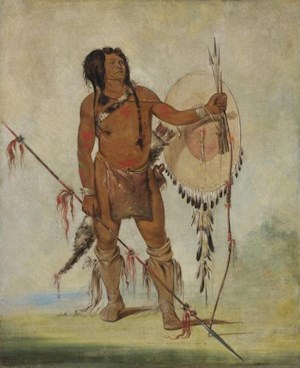
Smithsonian American Art Museum Captives and SlavesThe mingling of New Mexico's Hispanic and Indian populations--and the practice of each one to seize human captives from the other and enslave them--created even more social variety. In many cases, the captives were raised and inter-married within the ruling society. The genizaros were--and still are--a group of people whose ancestors were born as tribal members but were enslaved by Hispanic families.The image at left is George Catlin's 1834 painting entitled "The Little Spaniard." Catlin described him as a "A gallant little fellow...represented to us as one of the leading warriors of the [Comanche] tribe; and no doubt...one of the most extraordinary men at present living in these regions. He is half Spanish and being a half-breed, for whom they generally have the most contemptuous feelings, he has been all his life thrown into the front of battle and danger; at which posts he...commanded the hightest admiration and respect of the tribe." 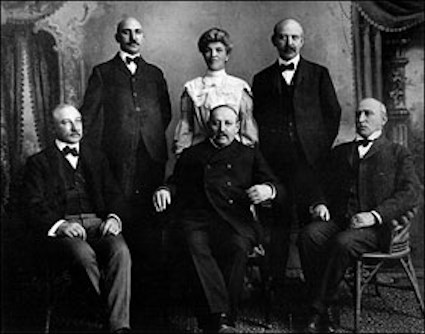
University of New Mexico Jewish MerchantsTraveling Jewish merchants, mainly from Germany, fanned out across the United States in the mid-1800s. Some of them found their way to New Mexico on the leading international highway of the day--the Santa Fe Trail. One of the early arrivals was Charles Ilfeld, pictured with his family at right. Charles developed his very prosperous mercantile company, one of the biggest businesses in the New Mexico Territory. 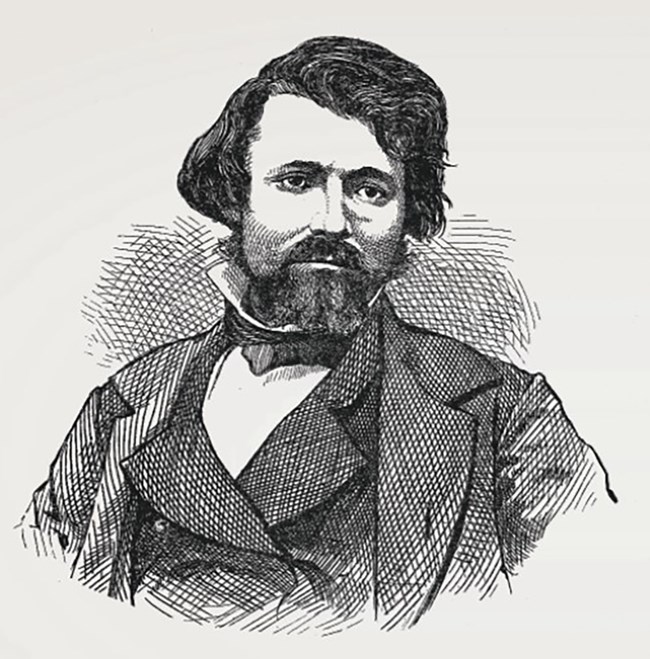
The French CanadiansThe French Canadians, long involved in the fur trade of the upper Midwest, were drawn to New Mexico by the prospect of lucrative beaver trapping. Frequent visitors to the northern New Mexico trading town of Taos, the French Canadians were a small but noticeable minority in the area by the time Fort Union opened in 1851.Francis Aubry was a well-known Santa Fe Trail trader and visitor to Fort Union in its early years. Ceran St. Vrain, a leading New Mexico merchant, was a prominent officer with the New Mexico milita and with the New Mexico Volunteers during the Civil War. The massive Maxwell land grant, which embraced 1.7 million acres northeast of Fort Union, was granted to Lucien Maxwell's French Canadian father-in-law. Maxwell inherited the grant from him, and the army maintained an outpost near Maxwell's ranch for several years and distributed rations to the Utes and Jicarilla Apaches nearby. 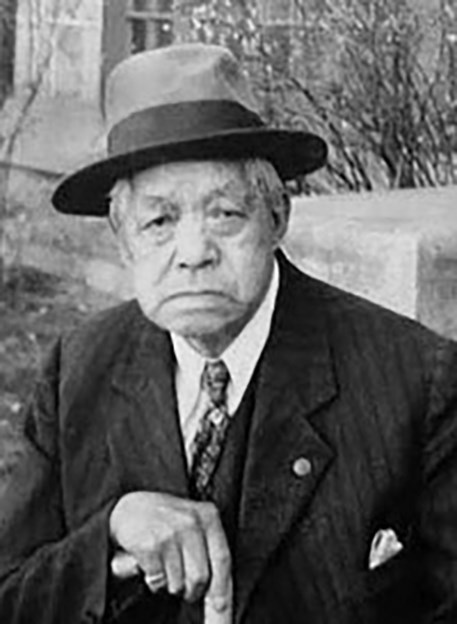
U.S. Army The Chinese SoldierThe garrison at Fort Union had a surprise when Company C, 15th U.S. Infantry arrived at the fort in June 1872. The new arrivals included Edward Day Cohota, a native of China. Edward served at numerous forts on the western frontier, including several years at Fort Union during the mid-1870s. While serving at Fort Union, Edward was a cook for his company. He also helped build a telegraph line across northeastern New Mexico. 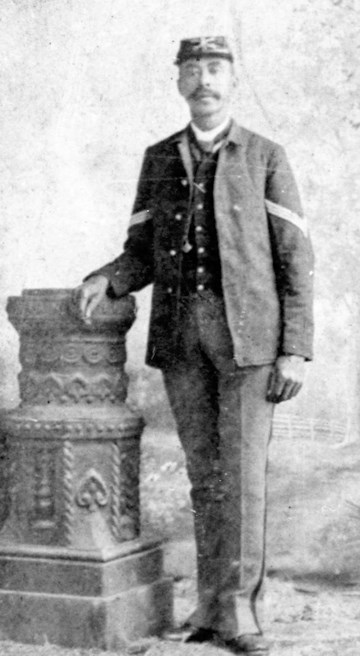
Library of Congress African Americans Move WestThe opening of Fort Union had an enormous impact on northern New Mexico. The social diversity of the Army brought a range of new ethnicities to the predominantly Hispanic and Indian area, including the first significant arrival of African Americans.Some of the earliest African American arrivals came to New Mexico as slaves of U.S. Army officers. The first African American slaves brought into the territory came with their owner, Maine-born James Carleton, who would later be the military commander for New Mexico. During the Civil War, the Union Army had enlisted nearly 200,000 African Americans as soldiers in the fight against the Confederacy. A few of these troops actually found themselves in New Mexico rather than on the battlefields of Virginia. When the war ended, the government created several permanent regiments of African American troops (later known as Buffalo Soldiers) and transferred most of them to the western frontier, including New Mexico. African American soldiers such as William Cathay and George Vaughn left the plantations of the South behind, only to discover that life in New Mexico had its own challenges. On the civilian side, a leading merchant in Las Vegas was former Missouri slave Montgomery Bell. Bell arrived in New Mexico at age 22, unable to read or write, but traveling with Stephen Elkins, who became a prominent Santa Fe lawyer and a member of the Santa Fe Ring. After working briefly in the Elkins household, Bell learned to read and write and began acquiring a herd of sheep, which he later sold. In the late 1880s, Bell opened a livestock and land trading business in Las Vegas, became fluent in Spanish and took on many civic duties. He and his wife became well-known members of the Las Vegas community. The Las Vegas Optic newspaper took note in 1914 when Bell returned from Kansas to attend his mother's funeral. 
Palace of the Governors, New Mexico History Museum |
Last updated: March 28, 2024
